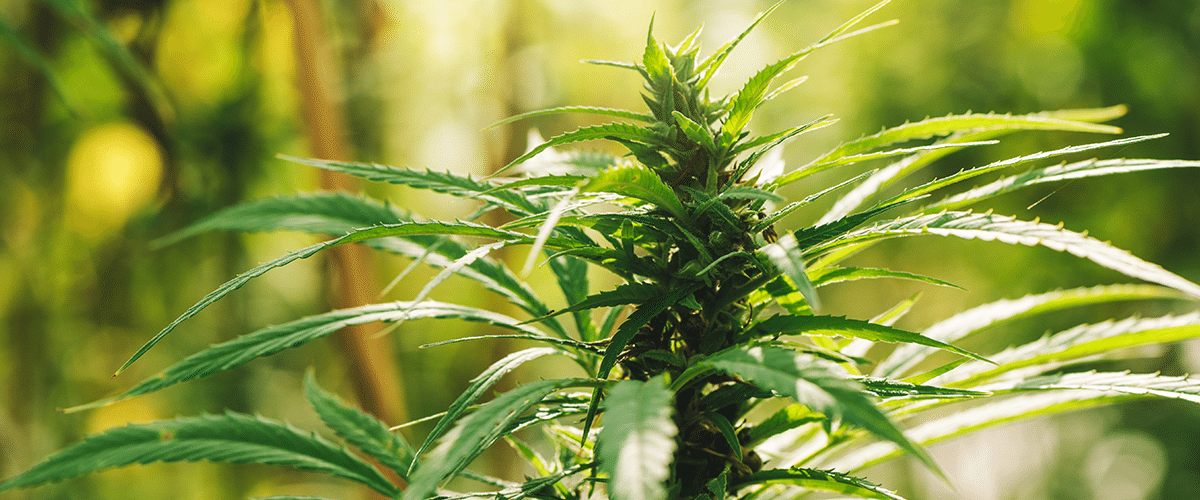It is tough to get a grip on any viable information in today’s world with all the hubbub that is going on. New discoveries here… Future research will be done there… This is what we found… The push for scientific discovery and importance has boomed within the last 20 or so years. What is happening today however, is instead of studying for answers, we are stretching for grey area results, especially when it comes to talks about cannabis.
I did not know much about the properties of cannabis, or its history, before reading and researching these subjects within the last week. With how much literature was found, I learned several things: Cannabis binds to receptors that our body already has, it used to be legalized before being outlawed due to racial conflicts, its healing properties have been substantially promising, and the shortage of research behind a drug that is legal.

Cannabis is a combination of roughly 400 chemical properties, which most people are only able to associate THC as one. The properties of this plant provide drug-like properties on your body. Your body itself has what is called endocannabinoids, which your body also produces. These endocannabinoids, also known as 2-AG and Anandamide, provide necessary functions inside your body. 2-AG and Anandamide bind to receptors on the outside of cells, and activate internal processes for cellular growth. Cannabis and its chemicals, bind to these same receptors internally, and essentially increase the effects of this pathway.
Cannabis, or Marijuana, or “Mary Jane” was first made illegal in order to keep it from coming out of Mexico during emigration. What was known and called by the native Mexican people at the time was Marijuana. This was thought to be a different drug entirely from Cannabis, but was actually not. This ignorance caused by the American people at that time, ended up hurting themselves since it was used for therapeutic purposes.

Today’s society heavily talks about Cannabis, both as a recreational and a therapeutic amenity. Its ability to stimulate appetite for eating disorders, to calm the seizures of epilepsy, and even to help people with their pain. Cancer has played a huge role in this, since Cannabis does both play a role in cell apoptosis and have pain relieving side effects. Despite it’s ever promising effects to do good for people, it is still relatively unknown the extent of its harmful properties.

It is exciting to see such promising results for a drug, but disappointing to understand what little we actually know. Let me rephrase, Little we CAN know. Cannabis is a schedule 1 type drug, which means that it is as hard to obtain for research as is cocaine. How is this possible when we have it legalized for recreational use? This fact absolutely astounds me. The fact that we as a society can use a drug for recreational purposes, without having it just as available, if not more available for research purposes baffles me. At this point, I don’t see a need for legalization of Marijuana, if the research has not been done. I’m not saying Marijuana is bad or good, it’s just plain unknown.
RESOURCES:
https://www.nature.com/articles/4401284
https://books.google.com/books?id=QwihCgAAQBAJ&pg=PA347&lpg=PA347&dq=FAAH+as+breakdown+of+eCBs+to+apoptosis&source=bl&ots=FMGjFvKRnE&sig=pQB3GVRKzdd4i3m26859mDa0FKw&hl=en&sa=X&ved=0ahUKEwjk28q227_XAhVM3GMKHc4sBTwQ6AEIODAC#v=onepage&q=FAAH%20as%20breakdown%20of%20eCBs%20to%20apoptosis&f=false
https://www.drugabuse.gov/about-nida/legislative-activities/testimony-to-congress/2016/biology-potential-therapeutic-effects-cannabidiol
http://molpharm.aspetjournals.org/content/molpharm/58/4/814.full.pdf